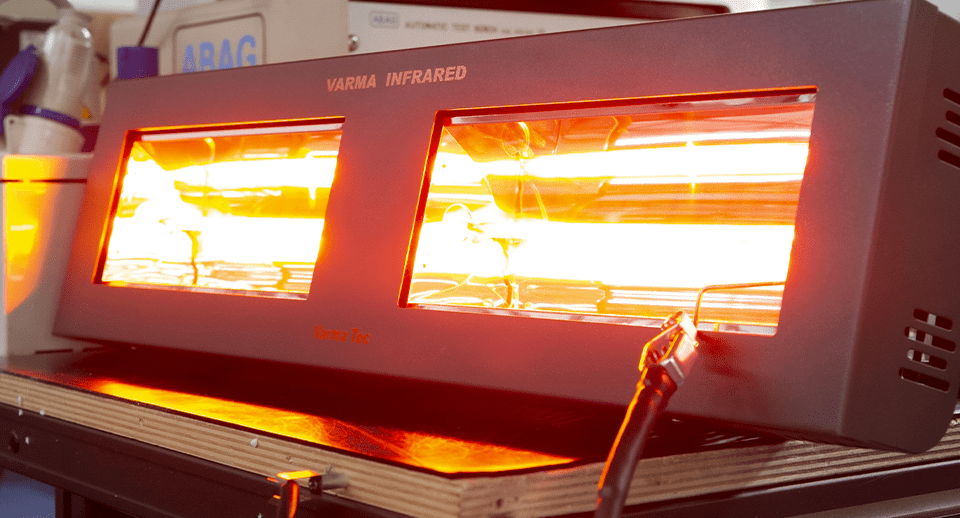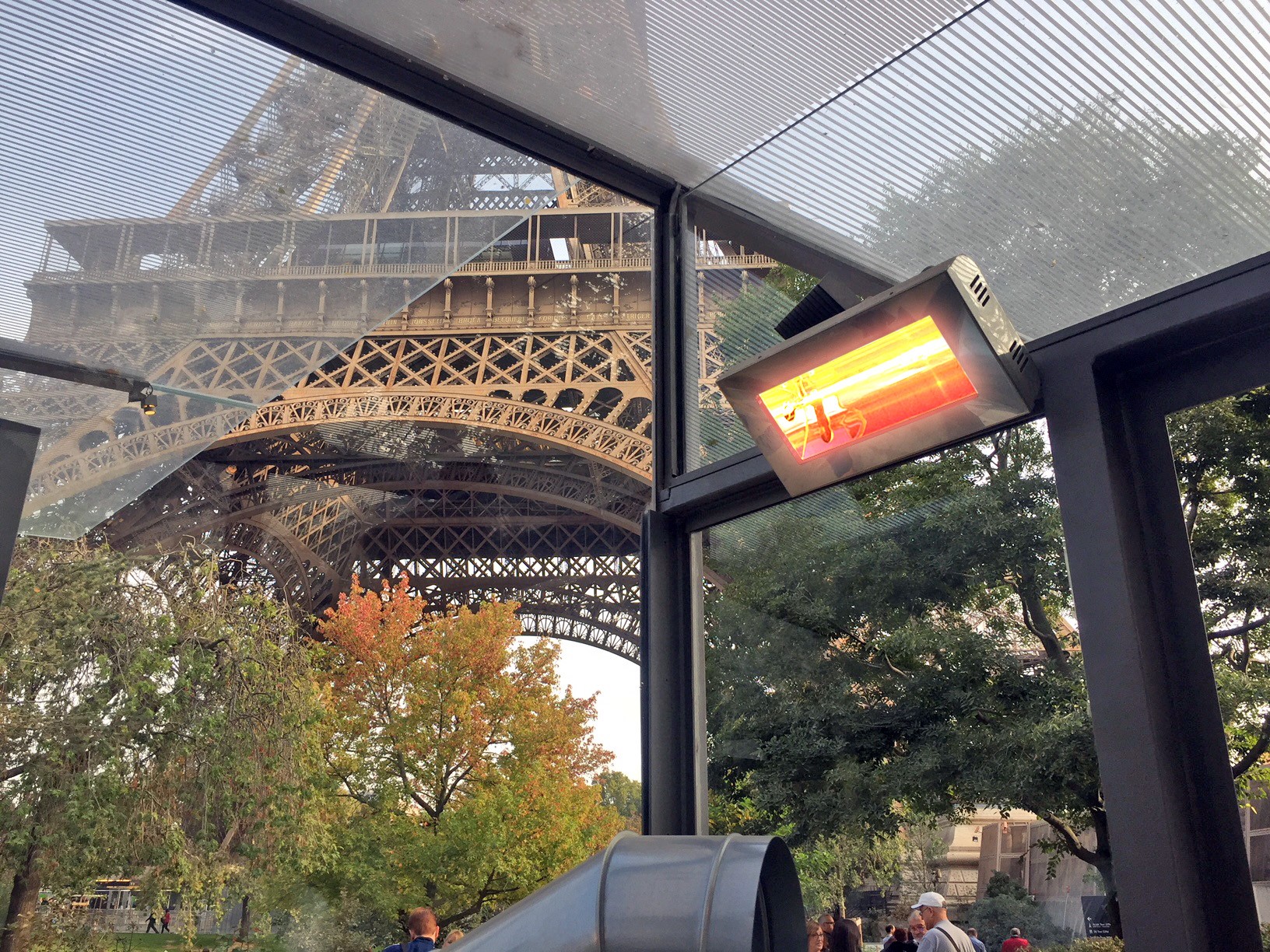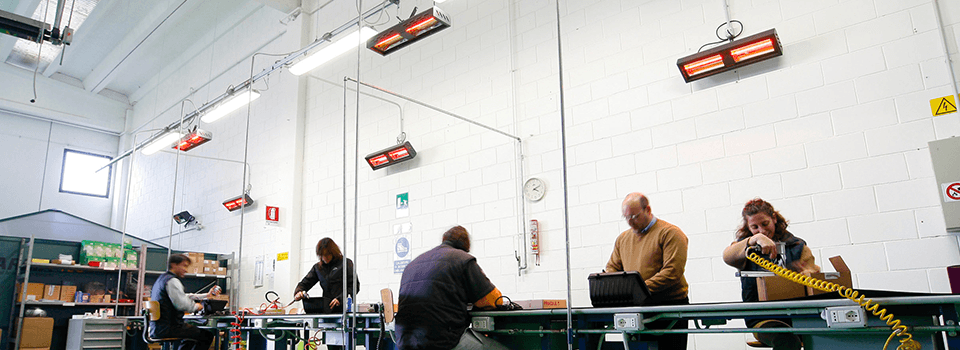
Can we trust a heating system that emits infrared radiation? Is it really cost-effective compared to conventional heating systems?
Although infrared rays are invisible to the naked eye, it is very easy to grasp the basics of how they work even for those with no technical skills and no interest in science and technology. Finding out how infrared heating works allows you to understand in which situations it really pays off, and what the main differences are compared to conventional systems.
How infrared heating works
Infrared radiation is a form of electromagnetic radiation with a longer wavelength than visible light, and a shorter wavelength than microwaves and radio waves. Infrared radiation is emitted by any body with a temperature above absolute zero and, when transmitted to the molecules of an absorbing surface, causes an increase in kinetic energy, raising its temperature.
And it is precisely thanks to this principle, which is based on Planck’s law, that infrared heating works: these radiations are artificially emitted through a lamp or heating panel, they are absorbed by surfaces in a given environment and converted into heat.
In short, the operating principle of infrared heating is the same as that with which the sun heats the earth, but without the risk of exposure to other radiation that is harmful to our health (such as ultraviolet rays).
These systems diffuse harmless infrared radiation, which is radiated within a room, heating all surfaces with which it comes into contact.

Differences between infrared and conventional heating systems
Conventional heating systems emit warm air into the room, periodically consuming energy to keep the room at a certain temperature. Infrared heating systems, on the other hand, do not heat the air, but the objects and people in it (which, in turn, heat the environment).
Infrared heating is healthier than conventional heating systems because it does not use hot air or water, which can cause mould and moisture problems. Moreover, from an energy point of view, infrared heating systems are more efficient than conventional heating systems because they do not use pumps or fans, they do not generate heat losses through pipes and air ducts, they can heat a specific portion of the room, and only when necessary.
But not all infrared is the same: it has different wavelengths and can have numerous applications. In the same way, the technologies of infrared panels, which change power and type of radiation depending on the desired use, can vary. There are different infrared heating systems for commercial, industrial or domestic use.
But the most important thing is that infrared rays are safe for our health, are invisible and are non-polluting.

Does infrared heating really pay off?
Depending on the type of emission source used, the infrared heating system can be used to efficiently heat both large industrial spaces, such as warehouses and industrial buildings, as well as residential and commercial spaces, even outdoors and without wasting energy.
Infrared heating systems are increasingly popular because they offer numerous advantages over conventional heating systems:
- They allow only objects and people in the room to be heated, rather than the air. And, precisely because there are no moving air currents, no dust is raised and the air stays cleaner.
- They are extremely quiet and also suit commercial and residential spaces very well.
- Thanks to the Local Warming approach, infrared heating systems can be activated only for the time needed by those specific areas that need it.
- Infrared systems heat almost instantaneously.
- Infrared heating systems are easier to install and maintain than conventional heating systems, resulting in considerable savings.
- The technology used in infrared systems is clean and can be considered environmentally sustainable.
- In the best infrared heating systems, the temperature can be adjusted with great precision (including via smartphone).
- An infrared system generates heat safely, drastically reducing the risk of fire
